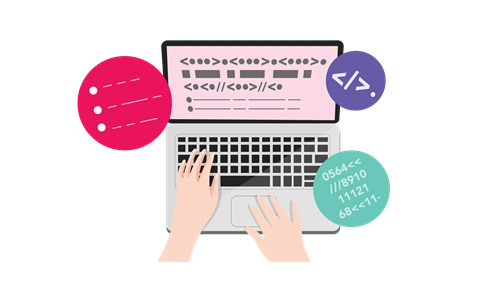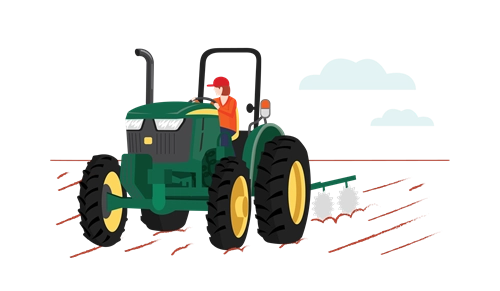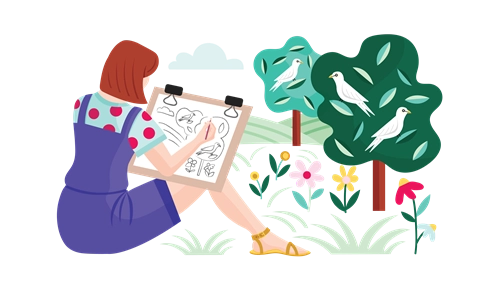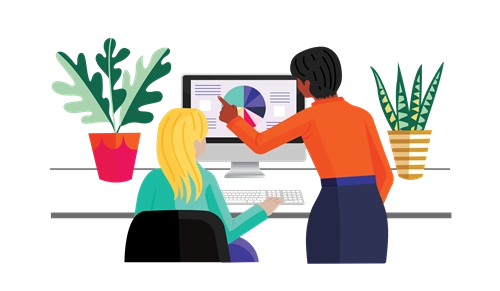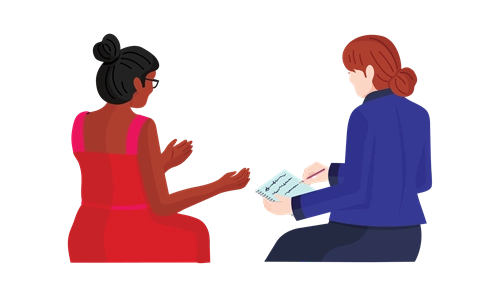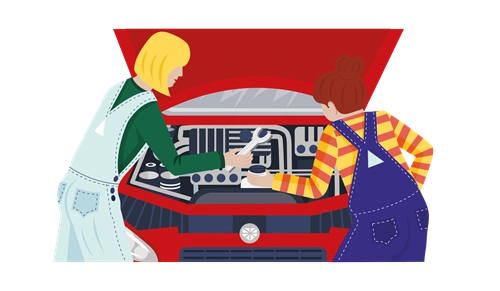-
Curriculum alignment
Curriculum alignment
Science
AC9S7U04 – Investigate and represent balanced and unbalanced forces, including gravitational force, acting on objects, and relate changes in an object’s motion to its mass and the magnitude and direction of forces acting on it
Design and Technologies
AC9TDE8K06 – Analyse how characteristics and properties of materials, systems, components, tools and equipment can be combined to create designed solutions
AC9TDE8P01 – Analyse needs or opportunities for designing, and investigate and select materials, components, tools, equipment and processes to create designed solutions
AC9TDE8P02 – Generate, test, iterate and communicate design ideas, processes and solutions using technical terms and graphical representation techniques, including using digital tools (
AC9TDE8P03 – Select, justify and use suitable materials, components, tools, equipment, skills and processes to safely make designed solutions
- S
- T
- E
- M
Biomimicry glider
Years 7 and 8
Learning hook
Flying or gliding?
Show students the images of animals on slide 2 of the Teacher Resource and ask them what they notice or wonder.
Try to elicit wondering about whether the animals are flying or gliding, and what the difference might be, as well as any patterns in animal body structures that enable flight.
Next, watch this video of BASE-jumper Ellen Brennen in a wingsuit.
As a class, discuss which animal Ellen Brennen most resembles in her wingsuit.
Learning input
Explain to students that the class will focus on gliders. Build student confidence in talking about gliders by defining the component parts:
- wings
- fuselage (body)
- tail
- nose.
Compare a simple paper plane with an animal that glides. As a class, identify the analogous structures.
Explain to students that a glider only has three main forces acting on it: lift, drag and weight. In order for a glider to fly, it must generate lift to oppose its weight. To generate lift, the glider must move through the air. But the motion of the glider through the air generates drag, so the glider slows down until it can no longer generate enough lift to oppose the weight.
To explore these forces in action, have students build a basic glider, take a photo of their glider and label the different parts of the glider. They should also annotate the photo to show the forces acting on the glider during flight.
Students can watch this short video to learn how to build a basic glider. You may want to watch through initially, then start the video again, pausing frequently to enable students to build along with the presenter.
Learning construction
Aerospace engineers often derive inspiration from the natural world. This is called biomimicry. Read more about how biomimicry is inspiring innovation in aeronautics.
Girls in focus
Highlighting career pathways and sharing relatable role models can support girls to imagine themselves in STEM careers. Read this article about Professor Aimy Wissa and her career in bio-inspired design. As you read the article, support students to notice the influences on Aimy’s career, and the role of collaboration and creativity in her research.
Role models who share students’ lived experiences, such as identifying as a First Nations person or growing up rurally, are important to help students feel less alone as they pursue STEM pathways. Watch this interview with Taylah Griffin, a Gangalu woman who studied Electrical and Aerospace Engineering. Read more about Taylah here.
Explain to students that they are going to use biomimicry and engage in aerospace engineering themselves. Their challenge is to build a glider inspired by nature.
Part A: Researching animal features
Students work in small groups to research gliding animals. They select an animal and create a poster with a labelled diagram showing all the ways that animal is adapted for gliding. You can start with the list below or encourage students to research their own animals.
- Colugo
- Paradise tree snake
- Kuhl’s parachute gecko
- Flying squirrel
- Flying fish
- Japanese flying squid
- Draco lizard
- Wallace’s flying frog
- Sugar glider
Students then complete a gallery walk to explore all the different animals. As they examine the posters, they construct a list of useful features, for example, light bones, small body-to-wing-span ratio, streamlined body.
Part B: Biomimicry and design
Now that they have some inspiration from nature, students can begin to iterate on the basic glider design using the engineering design process.
Define: Challenge students to design a glider that can carry a ‘passenger’ (such as a 15g chocolate bar) over a distance of at least 4m.
Identify: Be clear about the constraints of the design challenge – for example, the materials available, the time available, the launch location.
Materials provided could include cardboard, recycled foam trays, foil, paperclips, rubber bands, icy pole sticks, balsa wood, masking tape, glue, paper, cardboard tubes, plasticine, bamboo skewers and paper straws.
Girls in focus
Girls are motivated by opportunities for creativity but can become overwhelmed if tasks are too open-ended, often choosing tried and tested approaches over genuine innovation. It can be easier to be creative within constraints, such as limiting the materials available for students to build with. This also gives students confidence to build skills to work with those materials. Consider including a constraint that all students must use certain materials in their gliders, but are free to add other materials.
Brainstorm
Support students to brainstorm their design solutions by thinking about potential analogues for each useful feature. What materials, construction technique or design consideration should we employ?
As a class, go through the features students identified in Part A, note key structural considerations, and come up with analogues using the available materials. Use this table to make a start:
|
Feature |
Key considerations |
Analogue ideas |
|
Light or hollow bones |
Light but strong structural materials |
Bamboo or balsa wood? Paper straws? Skewers? |
|
Streamlined design |
Reduce drag |
|
|
Rigid skeleton |
Strong to help with force of thrust |
|
|
Wings |
To enable lift |
Now, have students sketch ideas for their glider, iterating on the basic glider design they constructed earlier. To help students explore multiple ideas freely, have them use whiteboards or large pieces of scrap paper to sketch multiple ideas.
Girls in focus
Girls can be encouraged to take risks with their learning by providing temporary ways of exploring ideas, such as through discussion or whiteboarding. This can remove the pressure to come up with a permanent answer that could be right or wrong.
Select: Students select the most promising of their ideas, and sketch it fully, annotating the sketch to include key considerations for when they prototype.
Prototype: Students build their prototype.
Test: Students test their prototype to see if it will reach the 4m mark. They record the distance the prototype travels over three trials.
Iterate: Students iterate on their design to improve its performance and test again.
Communicate: Students create a poster outlining the key features of their final design and how they used biomimicry to improve the original glider design. They display their final prototype with the poster.
-
Rubric
Criteria
Beginning
Achieved
Exceeds
Understanding of the focus biofabrication technology
The video demonstrates a basic understanding of the technology and the human body system components being biofabricated.
The video demonstrates a clear understanding of the technology and how it works and the human body system components being biofabricated.
The video demonstrates a sophisticated and in-depth understanding of the technology and how it works and the human body system components being biofabricated.
Explanation of the technology impacts for beneficiaries
The video explains the technology’s basic benefits for an individual.
The video explains in detail the technology’s benefits for an individual.
The video explains in detail the technology’s benefits for a range of individuals.
STEM communication text features
The video uses some STEM communication text features.
The video uses five STEM communication features for clear effect.
The video uses five or more STEM communication features appropriately and effectively for the target audience.
Organisation and structure
Information is presented aligned to key themes.
Information is presented in a clear narrative or logical structure that is easy to follow.
Information is presented in a clear narrative or logical structure that is engaging, easy to follow and maintains viewer interest.
Overall presentation
Multimedia is used and connected to explain key points.
Multimedia is clear and integrated well to hold the viewer’s attention.
Multimedia is selected and presented in a way that captures attention and leaves a lasting impact on the audience.
